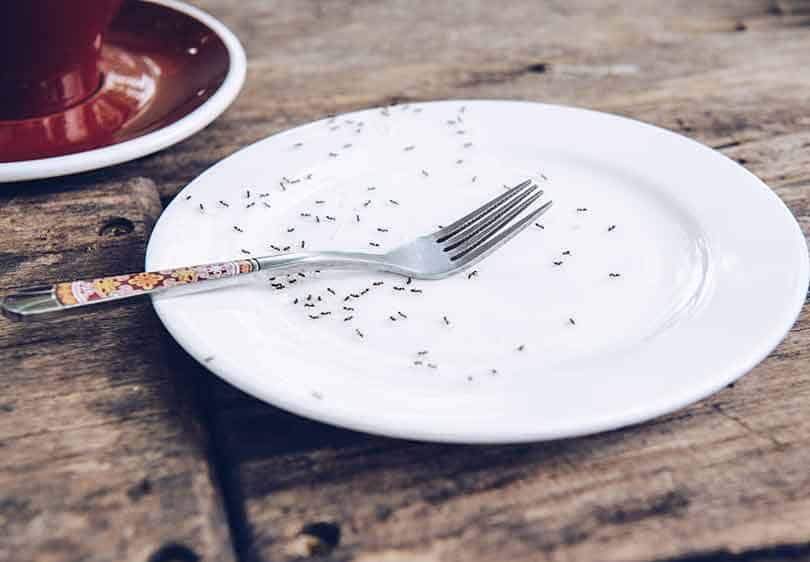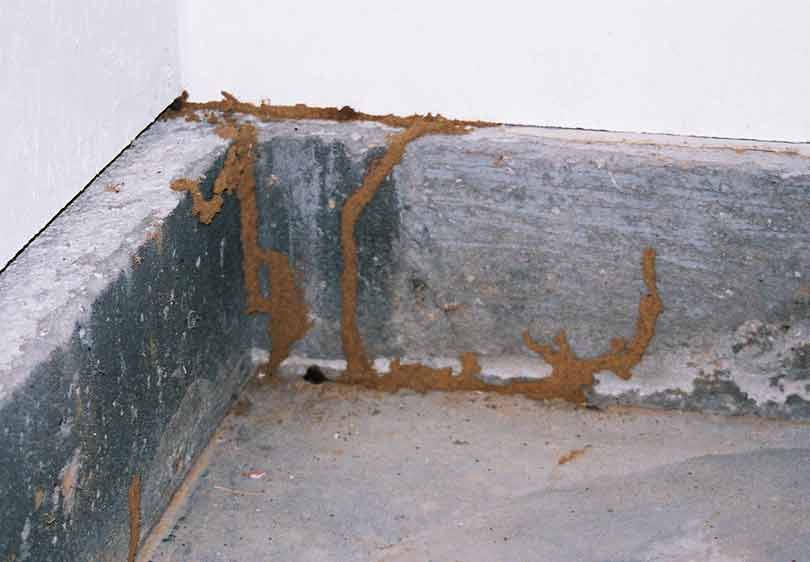Comprehensive Insect Control Services to Fight Vole Infestations
Vole invasions can quickly rise, triggering damages to yards, gardens, and landscapes. The effect of these little rats can be substantial and swift, demanding an extensive insect control strategy to effectively manage the circumstance. Comprehending the habits and biology of voles is important in developing an incorporated method that not just addresses the present problem but likewise protects against future occurrences. By utilizing a mix of recognition, exemption, capturing, and habitat alteration techniques, expert bug control solutions can offer a tailored service to deal with vole problems. The key lies in implementing an all-around plan that not only eliminates existing voles but also establishes long-term control steps to protect against future invasions.
Vole Recognition and Assessment
Voles, little rats appearing like mice but with shorter tails, are generally discovered in yards and lawns, making exact identification essential for reliable pest control actions. These insects can create significant damages to vegetation and plants, making punctual action critical in reducing possible losses. When evaluating for voles, seek their characteristic runways, burrow openings, and munched plant roots. vole control utah. Vole runways are commonly located on the surface area of the ground and are developed as they commute between their burrows and food resources. Delve openings are small, regarding 1-2 inches in size, and lead to underground tunnels where voles nest and look for sanctuary. Gnawed plant roots are one more indication of vole task, showing their presence and prospective damages to plant life. By accurately identifying these signs, bug control specialists can customize their strategies to effectively manage vole invasions and secure yards and backyards from more injury.

Trapping and Removal Strategies
Effective insect control techniques for taking care of vole infestations typically entail using specialized trapping and removal techniques. Trapping is a commonly utilized technique to catch voles and move them away from properties.
When establishing up catches, it is critical to guarantee they are positioned effectively and baited with vole-preferred food resources like peanut butter, seeds, or fruits. Regularly checking the catches is important to without delay get rid of recorded voles and protect against distress or injury to the pets. When caught, voles must be moved to appropriate habitats far from human residences to avoid re-infestation.
Additionally, exemption strategies, such as setting up barriers or fencing underground, can aid prevent voles from accessing certain areas. Proper disposal of recorded voles and regular tracking of vole activity are essential parts of an efficient trapping and elimination method in vole invasion management.
Exemption and Barrier Methods

To effectively apply exclusion and barrier approaches, a detailed assessment of the building is vital to recognize vole task and prospective entry factors. By dealing with these susceptabilities and executing targeted exemption and barrier actions, homeowner can dramatically decrease the threat of vole invasions. Normal maintenance and tracking are crucial to make certain that barriers stay undamaged vole control service and effective in discouraging voles from accessing at risk areas. Eventually, a mix of trapping, removal, and positive exemption steps can assist effectively handle vole populaces and shield buildings from infestations.
Habitat Modification and Prevention
To mitigate vole infestations, habitat modification and prevention techniques concentrate on changing the atmosphere to dissuade vole habitation. One efficient technique is decreasing the accessibility of food sources by keeping grass trimmed short, removing weeds and particles, and keeping a clean lawn. Voles are drawn in to areas with dense vegetation and mess, so developing open rooms can assist prevent them from clearing up in the location. Furthermore, decreasing excess moisture by dealing with dripping pipes, guaranteeing proper drainage, and getting rid of standing water can make the atmosphere much less congenial for voles.
Including barriers like crushed rock borders or wire mesh underground can likewise avoid voles from tunneling right into gardens or backyards. These physical barriers interrupt their ability to passage and access wanted areas. Growing vole-resistant vegetation and making use of vole-repellent techniques such as castor oil-based deterrents can better dissuade vole task. By implementing these environment modifications and prevention actions, building owners can proactively minimize the threat of vole invasions and shield their outdoor areas from damages. vole control utah county.
Tracking and Follow-Up Approaches

Follow-up methods entail revisiting the treated locations to check for any type of indicators of vole activity. Keeping track of terminals, catches, and visual assessments are generally used techniques to review the success of the insect control procedures. By routinely examining these locations, parasite control professionals can swiftly recognize any revival of vole activity and take positive actions to resolve the concern before it escalates.
Additionally, documenting the results of tracking and follow-up tasks is crucial for tracking the progression of vole problem control over time. These records help in identifying trends, assessing the effectiveness of different control techniques, and making informed decisions for future insect administration methods. Routine follow-up procedures not only help in avoiding vole re-infestations but also contribute to the overall success of pest control initiatives.
Verdict
In verdict, thorough parasite control solutions are necessary for efficiently combating vole invasions. By evaluating and recognizing vole populaces, executing trapping and elimination methods, utilizing exemption and obstacle techniques, modifying environments, and carrying out monitoring and follow-up strategies, homeowner can efficiently take care of and protect against future invasions. It is essential to address vole problems quickly to avoid damages to residential or commercial property and potential health and wellness risks.
By using a combination of recognition, trapping, exemption, and habitat adjustment techniques, expert pest control solutions can offer a customized solution to deal with vole problems (vole control utah). By properly identifying these signs, pest control experts can customize their techniques to properly manage vole invasions and shield gardens and backyards from further damage
Reliable pest control methods for taking care of vole infestations usually include using specialized trapping and removal strategies.To reduce vole problems, environment modification and avoidance approaches concentrate on altering the atmosphere to prevent vole habitation.Normal tracking and follow-up procedures are crucial in maintaining vole infestation control steps and making certain lasting success in parasite management.